Why threats in bowties don't always lead to all consequences
In theory all threats in a bowtie diagram can cause the top event, and the top event can cause all consequences. But sometimes a threat can't lead to all consequences. Why is that and is it a problem?
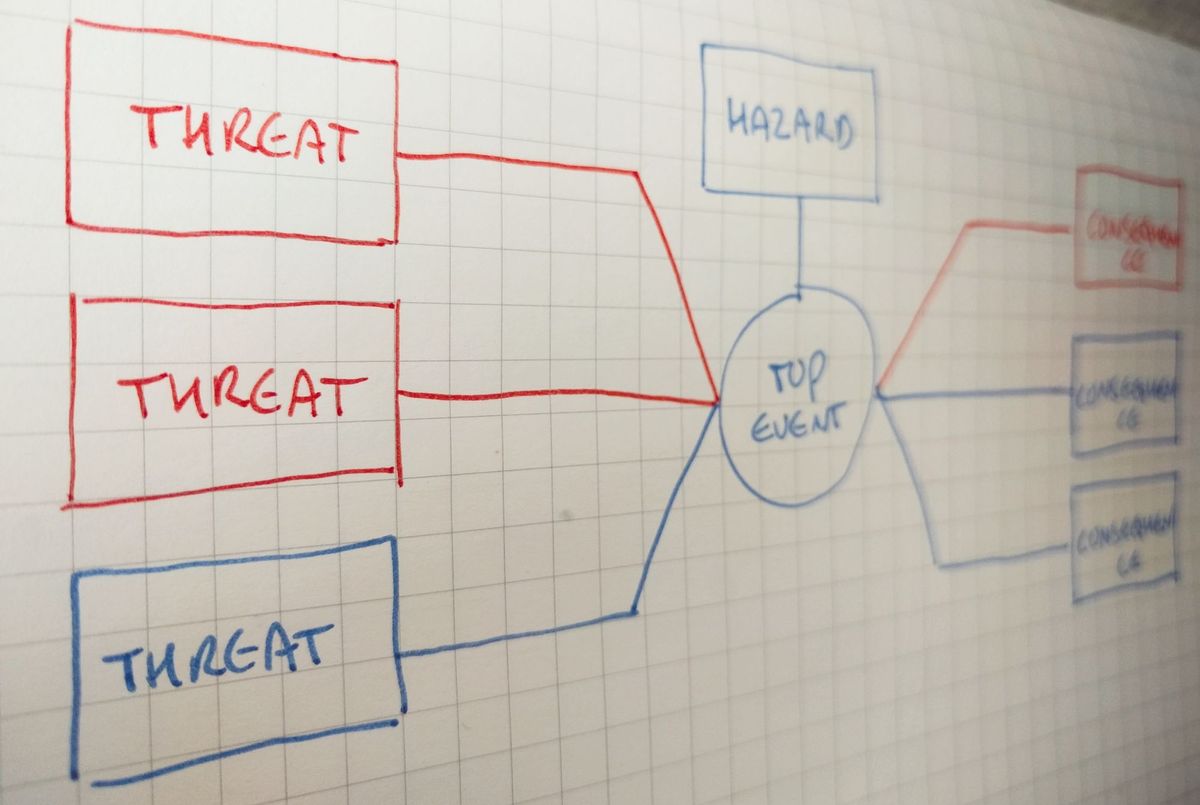
One of the assumptions in a bowtie diagram is that all threats cause the top event, and the top event can cause all consequences. This is the theory. But sometimes a threat can't lead to all consequences. Why is that and is it a problem? We'll see why it's not necessarily bad, but it can be if you don't realise that you're doing it.
Let's start with a confined space entry example.
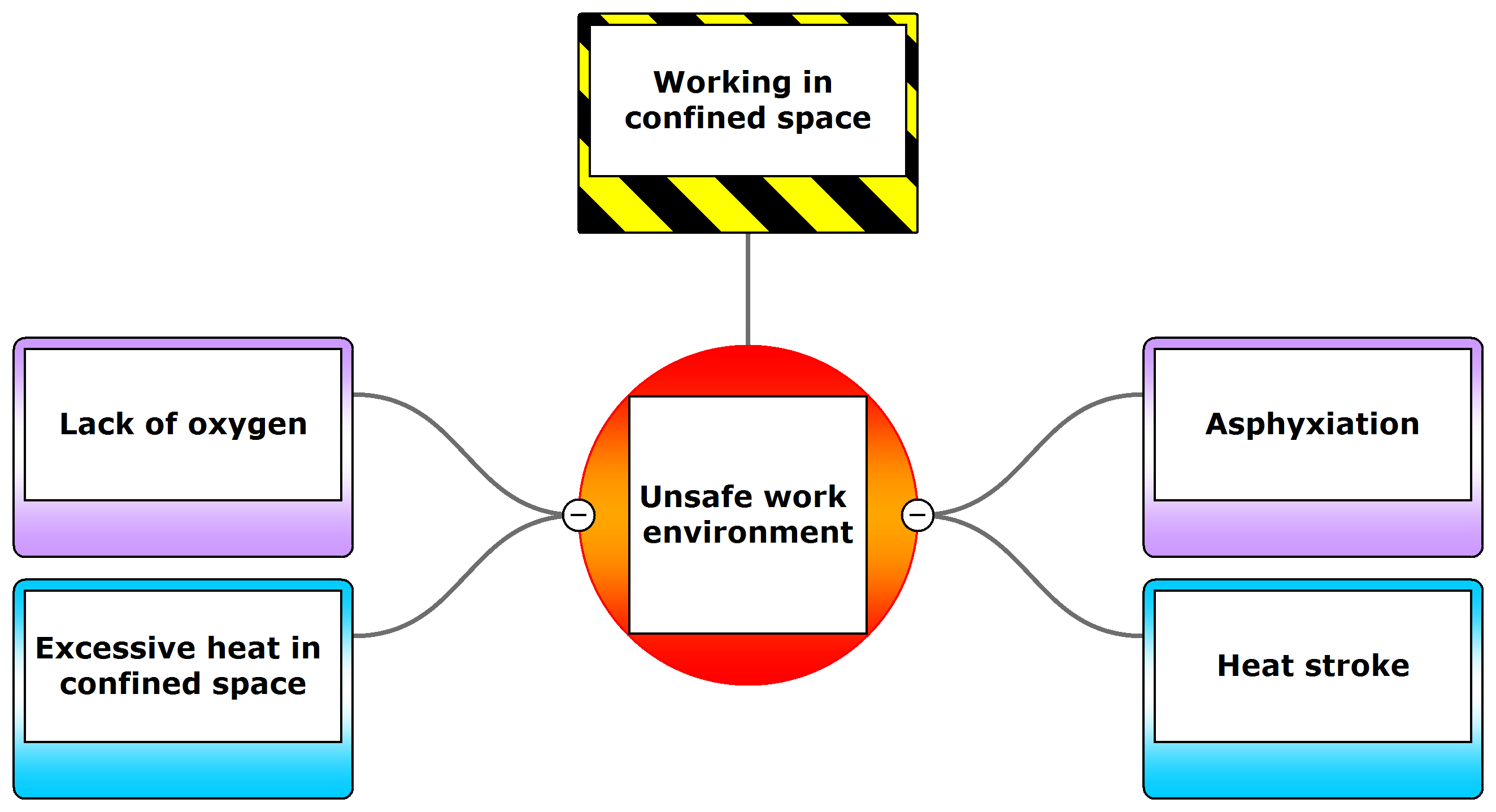
As you can see, a lack of oxygen leads to an unsafe work environment, which leads to asphyxiation. Excessive heat also leads to an unsafe work environment, which leads to heat stroke. But a lack of oxygen cannot lead to heat stroke and excessive heat cannot lead to asphyxiation. How did we get to this situation?
This picture summarises what happens:
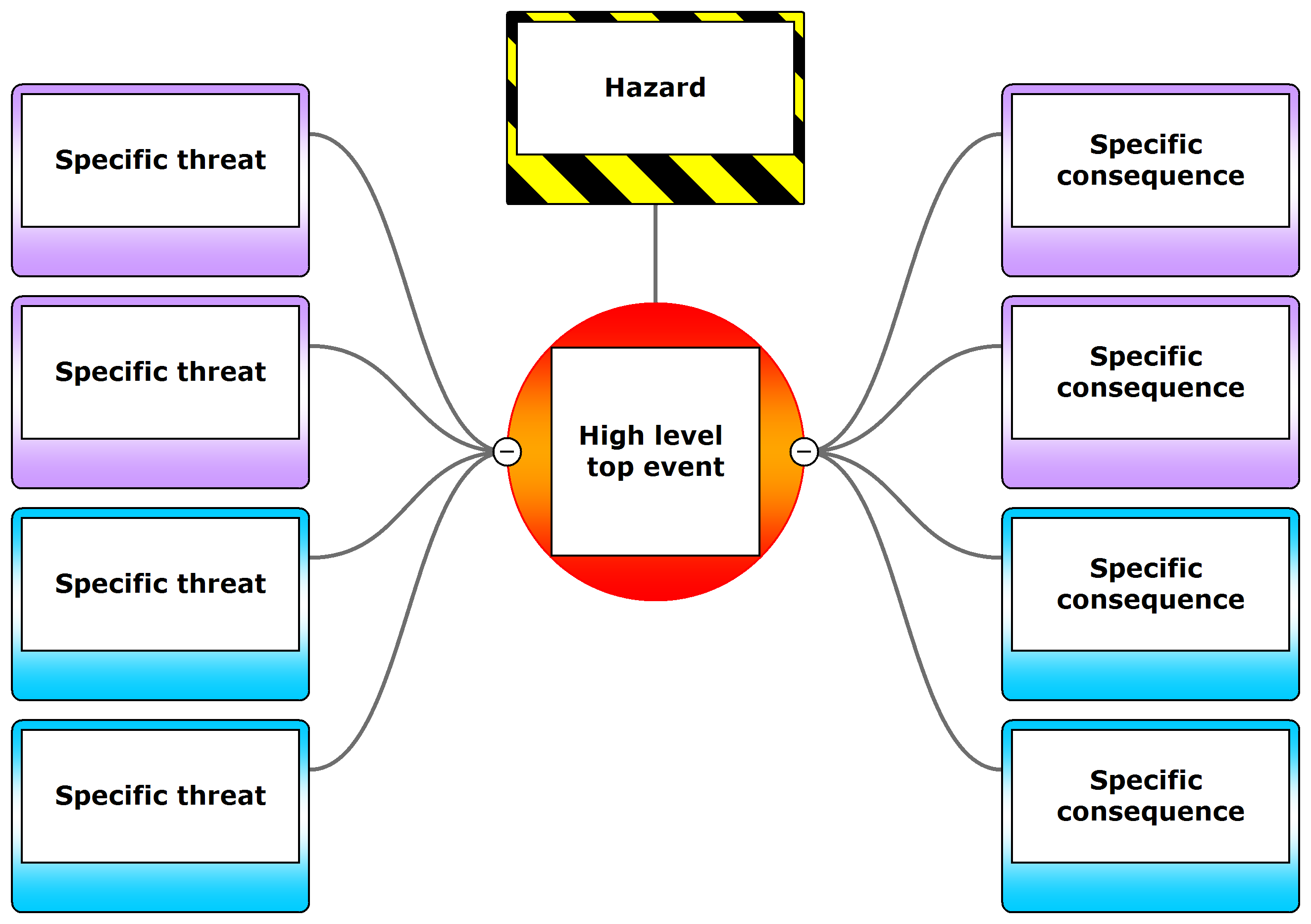
The trick is in the top event, because there is a difference in abstraction level between the threats/consequences and the top event. We are adding specific threats and consequences to a high level top event. It is very common in bowties to see this pattern.
Let's first discuss the alternatives to fix it, and then get back to whether it's a problem for our confined space bowtie. There are two ways to fix it. Either we make our top event specific, or we make our threats and consequences more abstract. If we make our top event more specific, you'll see that your bowtie breaks apart into smaller sub bowties, like this:
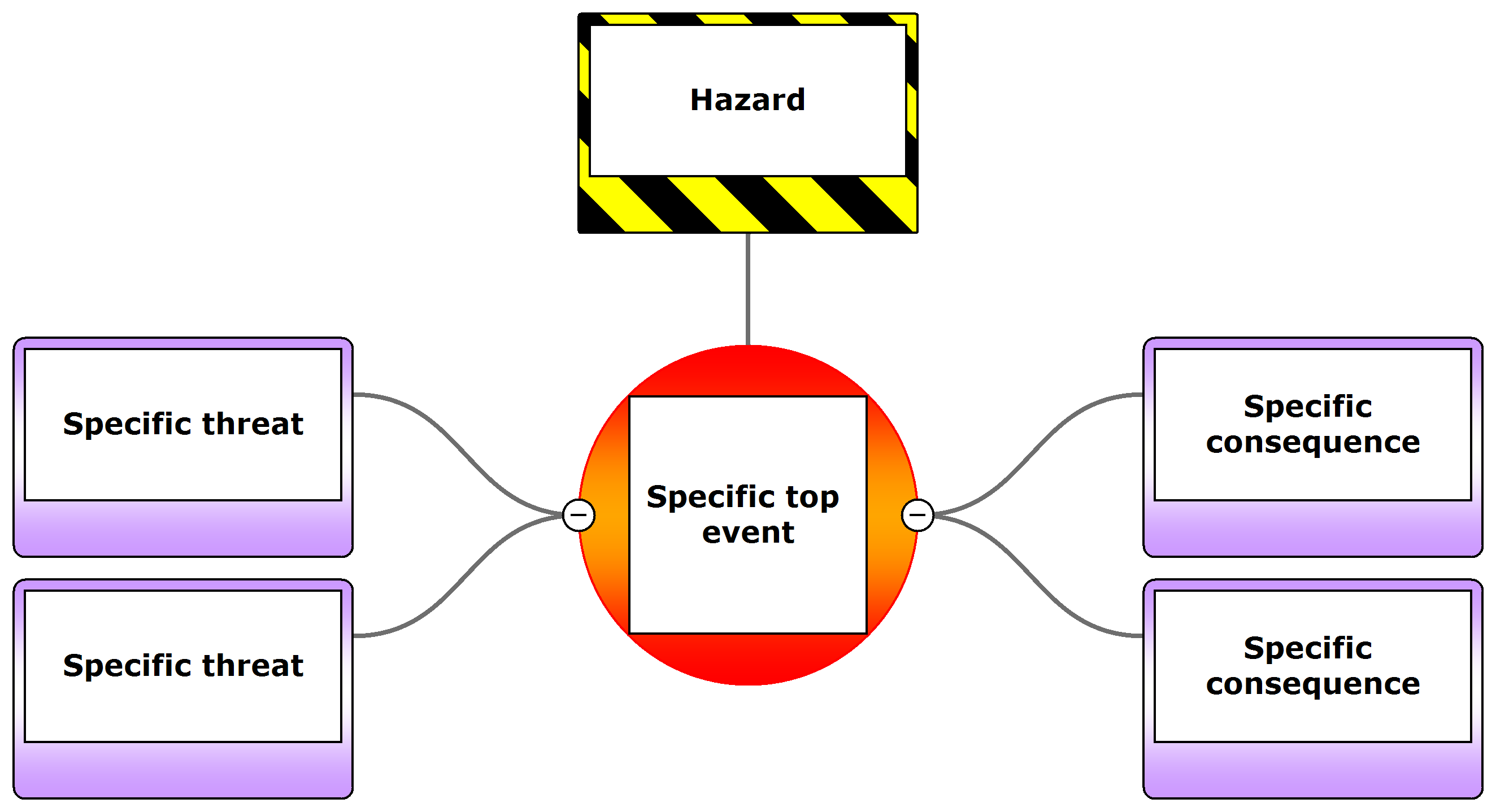
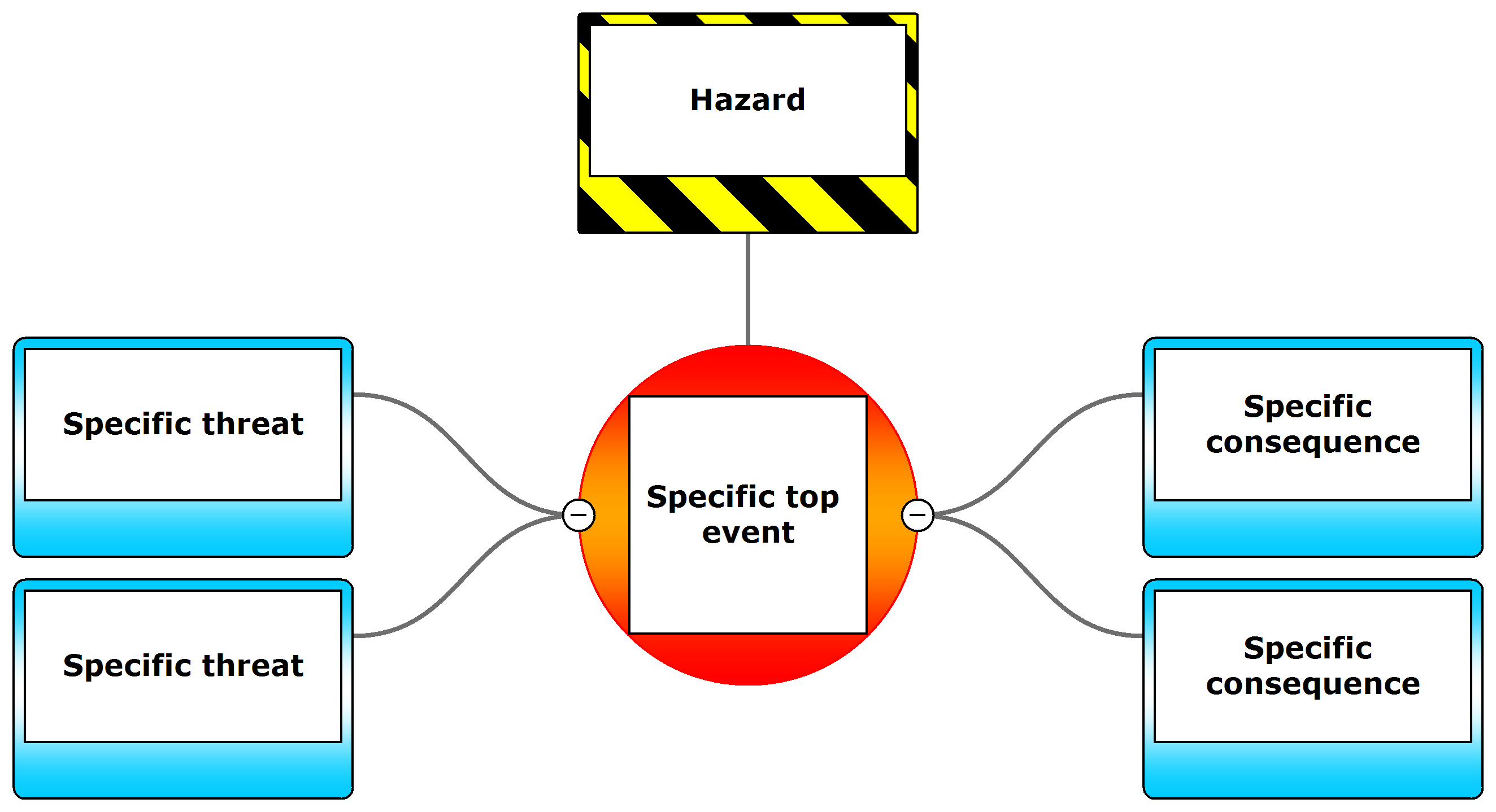
Now all threats lead to all consequences in both bowties. The pros of this approach is that we have specific information in our bowtie, and the causality is correct again. The downside is that we now have one extra diagram, and in reality it might break apart into even more bowties.
We can also make the threats and consequences more high level. That would result in something like this:
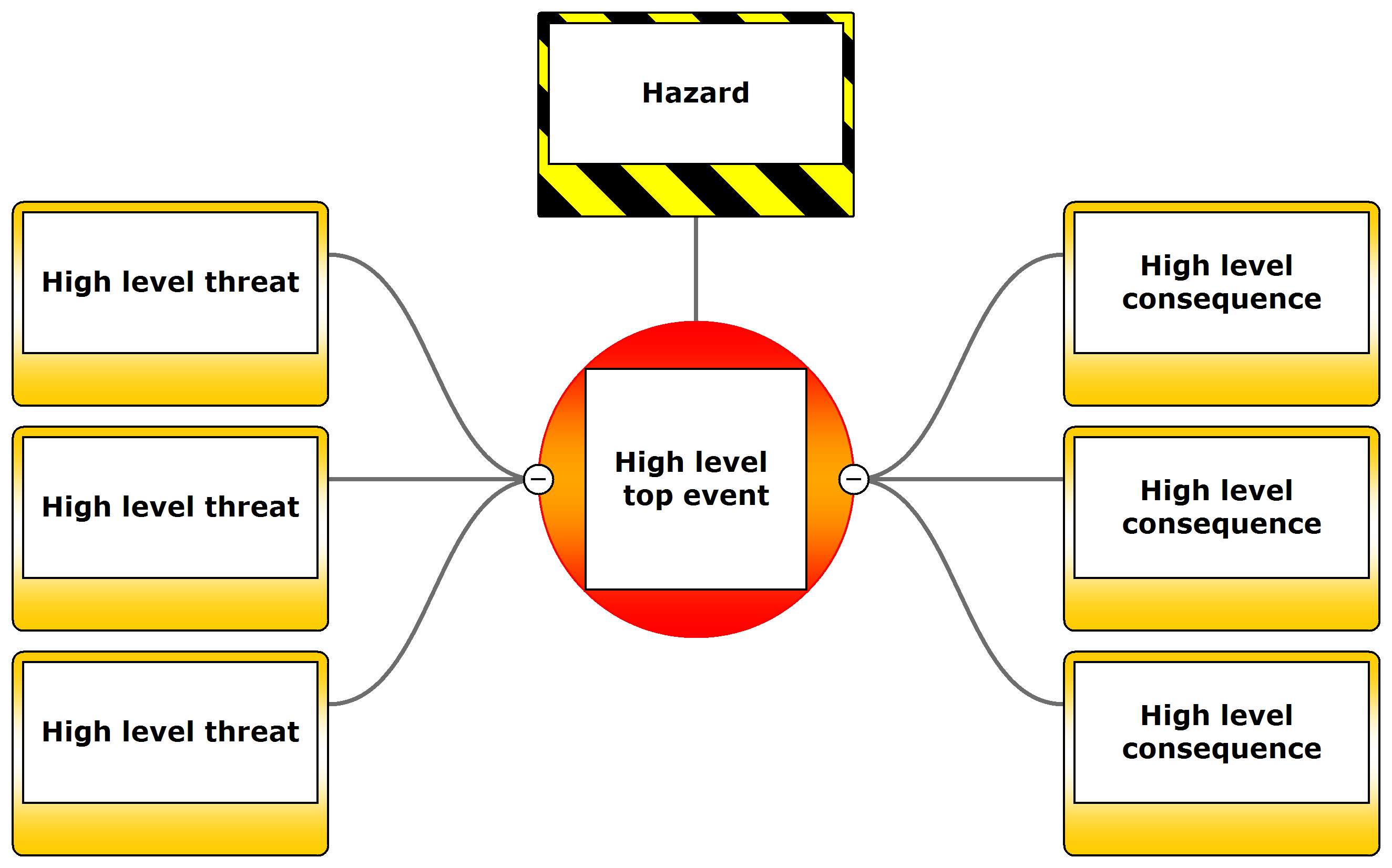
You will probably group multiple specific threats and consequences into higher level subjects. The pros of this approach is that we get to keep our single bowtie diagram, and also maintain a correct causal diagram. The downside is that we lose some of our specific information.
Now we can go back to our confined space entry bowtie and determine if we want to split it into two bowties, with one top event called 'Oxygen level below X' and 'Heat in confined space above X degrees celsius' or if we want to create a high level bowtie and group our various threats into 'Environmental factors' and our consequences into 'Adverse effect on person'.
You can probably see that both are not ideal. But what about a third option. Let's say we keep our original bowtie. This means we get to keep our single bowtie, as well as the specific information in the threats and consequences. The downside is that the causality isn't technically correct anymore. But after reading this post, the big difference is that you're now aware of it, and you can make a conscious decision whether the benefits outweigh the disadvantages.
One last note. You can make the decision which of the three strategies works best for you when you're using the bowtie as a qualitative communication tool. If you're using it in a quantitative way. You'll most likely want to make multiple specific bowties, because you need a correct causal relationship for most calculations to make sense, and you need specific information because it's difficult to quantify abstract concepts.
